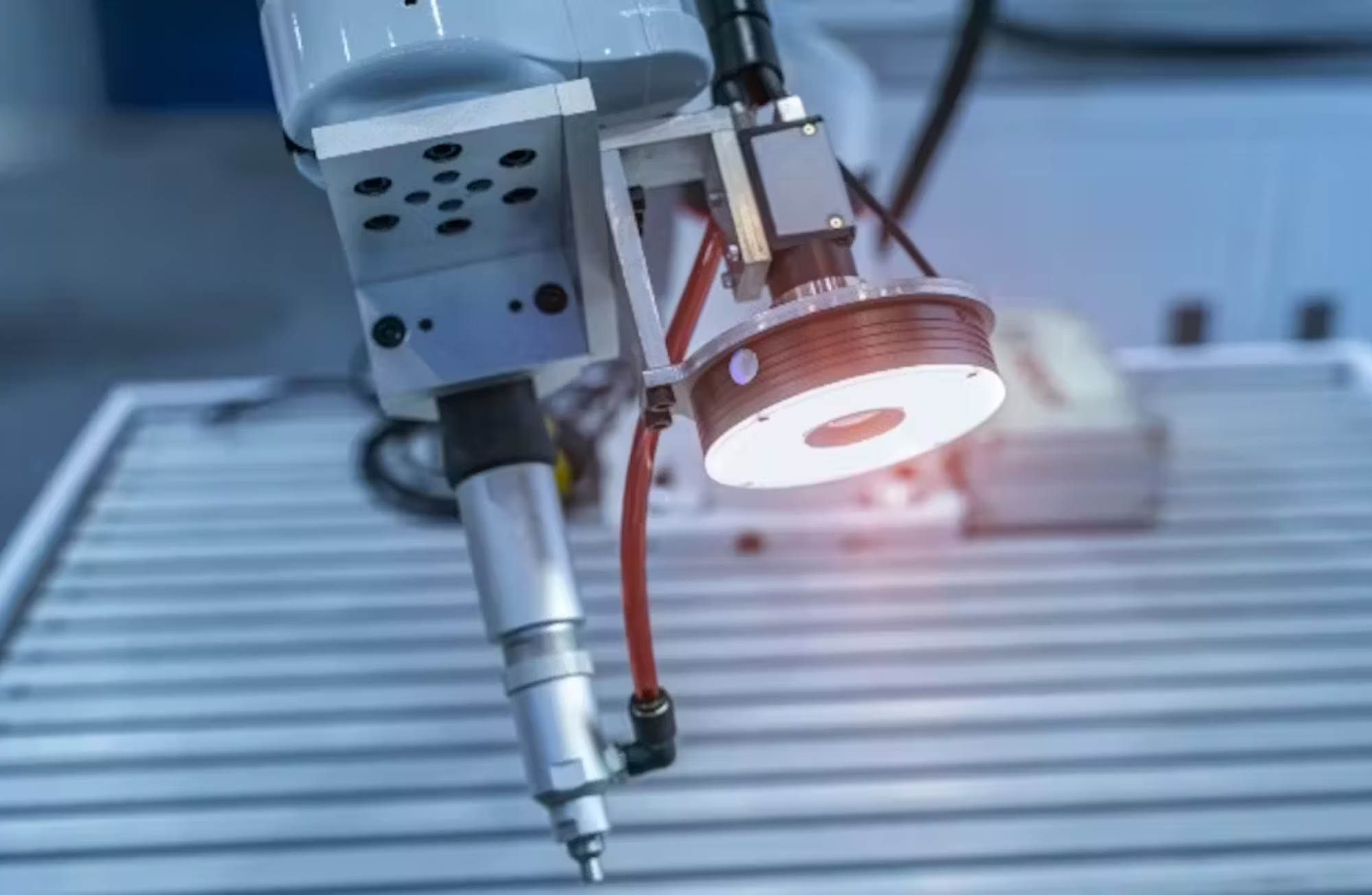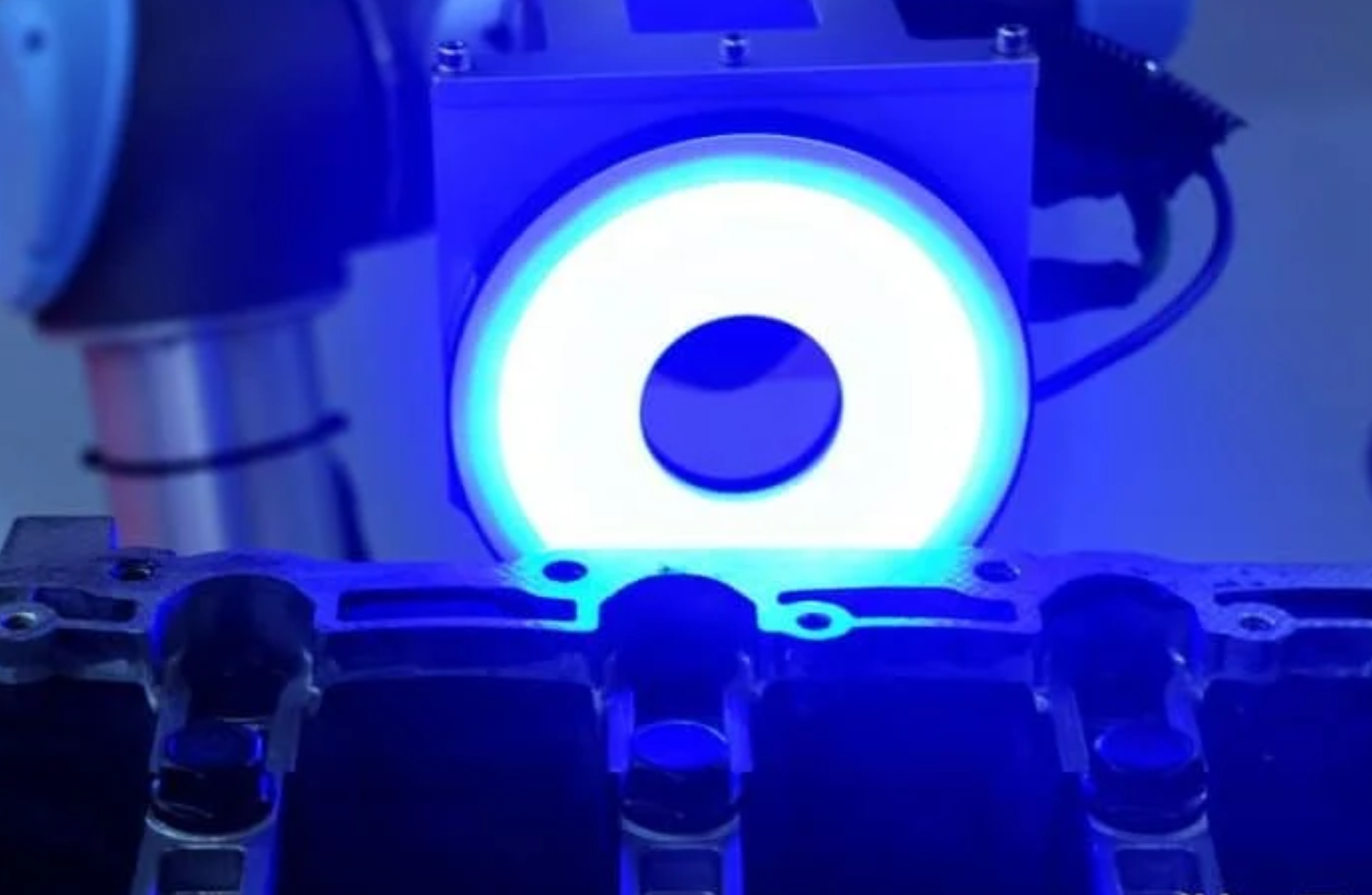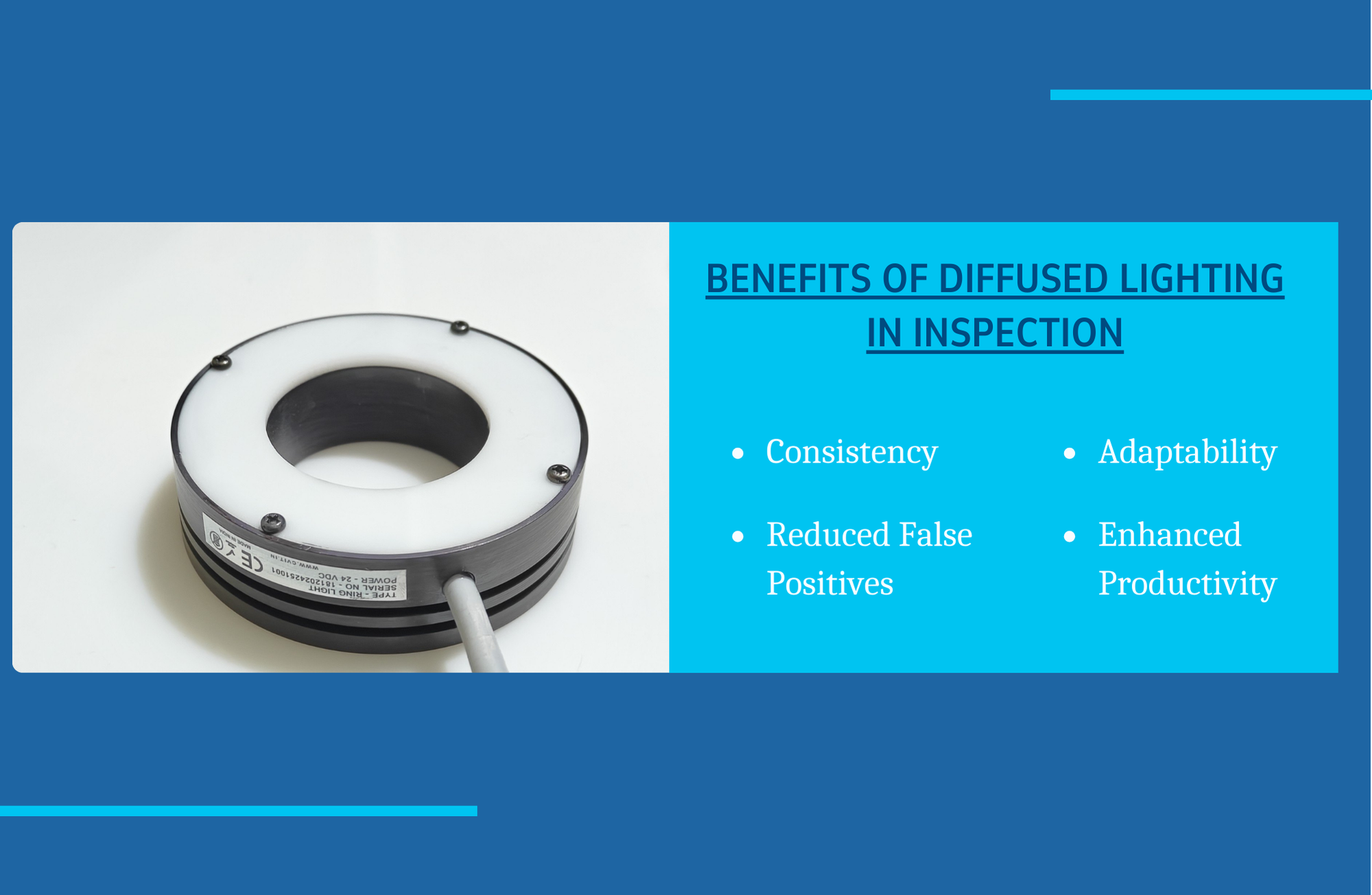Why Diffused Lighting is Essential for Detecting Minor Defects in Industrial Inspection
Published on: Dec 24, 2024

Written by: Team Intelgic
Why Diffused Lighting is Essential for Detecting Minor Defects in Industrial Inspection
In industrial inspection, the visibility of defects on surfaces such as metals, plastics, glass, and textiles is highly dependent on lighting. Diffused lighting is a key technique for illuminating surfaces evenly and highlighting subtle defects that might otherwise go unnoticed. This lighting method plays a critical role in machine vision systems and Automated Optical Inspection (AOI) processes, enabling accurate defect detection and quality control.

What is Diffused Lighting?
Diffused lighting is a technique where light is scattered in multiple directions to create soft, even illumination across a surface. Unlike direct lighting, which produces sharp shadows and reflections, diffused lighting minimizes glare and highlights surface anomalies by ensuring consistent illumination.
Why is Diffused Lighting Essential for Minor Defect Detection?
1. Uniform Illumination
- Diffused lighting eliminates harsh shadows and highlights, providing an even distribution of light across the surface.
- Ensures that minor defects such as scratches, pinholes, or discoloration are clearly visible without being obscured by uneven lighting.
2. Reduction of Glare
- Reflective or glossy surfaces often produce glare under direct lighting, which can mask defects.
- Diffused lighting minimizes glare, making it easier to detect subtle imperfections on polished or coated surfaces.
3. Enhanced Contrast for Subtle Defects
- By softening the light, diffused lighting increases the visibility of fine details and surface irregularities.
- Defects such as faint scratches, streaks, or micro-cracks become more apparent due to the lack of strong reflections.
4. Improved Imaging for Machine Vision
- Machine vision cameras rely on consistent lighting to capture high-quality images for analysis.
- Diffused lighting ensures that cameras can detect and process minor defects accurately without interference from lighting inconsistencies.
5. Reduced Surface Texture Interference
- For textured materials, direct lighting can emphasize the texture rather than the defects.
- Diffused lighting softens the texture's appearance, allowing the inspection system to focus on detecting anomalies.
How to Achieve Diffused Lighting
Achieving diffused lighting requires specific tools and setups that scatter light effectively:
1. Light Diffusers
- Materials such as frosted glass, opal acrylic, or translucent plastic are placed between the light source and the surface to scatter light evenly.
2. Dome Lights
- Dome lights completely surround the object with diffused light, eliminating shadows and glare.
- Ideal for inspecting curved or glossy objects where reflections are a challenge.
3. Backlights with Diffusers
- Backlighting involves placing a light source behind the object, with a diffuser to ensure even illumination.
- Useful for detecting pinholes, tears, or edge defects.
4. Diffused Ring Lights
- Ring lights with diffusers provide uniform illumination around a circular area.
- Commonly used for inspecting small objects or components.
5. Integration of Diffusing Layers
- Adding a layer of diffusing material to the housing of LED or fluorescent light sources creates natural diffusion.
6. Multi-Angle Lighting
- Combining diffused lighting with other lighting angles ensures that all potential defect types are visible.

Where Do We Need Diffused Lighting?
Diffused lighting is crucial in applications where surface uniformity and defect visibility are critical:
1. Reflective Surfaces
- Examples: Polished metals, glass, mirrors, coated materials.
- Why Needed: Minimizes glare and highlights defects like scratches or smudges.
2. Transparent or Semi-Transparent Materials
- Examples: Films, plastics, glass sheets.
- Why Needed: Detects pinholes, contamination, or thickness variations.
3. Textured or Patterned Materials
- Examples: Fabrics, papers, composite materials.
- Why Needed: Softens texture interference, focusing on anomalies like tears or stains.
4. Electronic Components
- Examples: PCBs, connectors, microchips.
- Why Needed: Highlights soldering defects, cracks, or misalignments.
5. Coated and Painted Surfaces
- Examples: Automotive panels, appliances, decorative parts.
- Why Needed: Ensures uniform coating and detects issues like streaks, bubbles, or discoloration.
6. Medical Devices and Instruments
- Examples: Syringes, vials, diagnostic tools.
- Why Needed: Detects contamination, cracks, or surface irregularities.
7. Food and Packaging Inspection
- Examples: Food containers, films, labels.
- Why Needed: Identifies contamination, packaging tears, or misprints.
Benefits of Diffused Lighting in Inspection
- Improves visibility of minor defects, ensuring better quality control.
- Consistency:
- Provides uniform illumination for reliable machine vision imaging.
- Reduced False Positives:
- Eliminates lighting-related artifacts that could be misidentified as defects.
- Adaptability:
- Suitable for a wide range of materials and surface types.
- Enhanced Productivity:
- Reduces the time required for manual adjustments or defect identification.

Diffused lighting is an indispensable technique for detecting minor defects in industrial inspection processes. By providing uniform illumination and minimizing glare, it ensures that subtle surface anomalies are visible and accurately analyzed by machine vision systems. From reflective surfaces to textured materials, diffused lighting enhances the accuracy and reliability of automated defect detection, making it a critical component in quality control.

